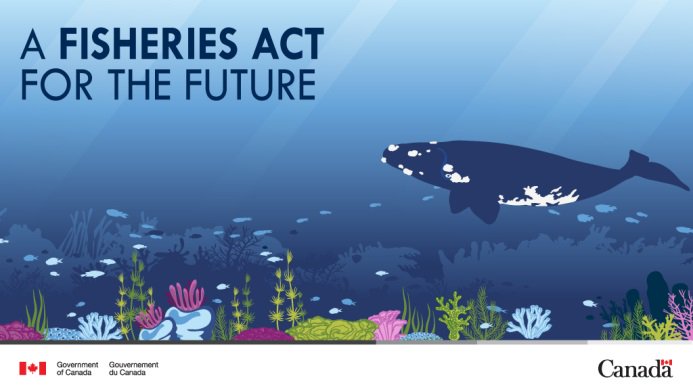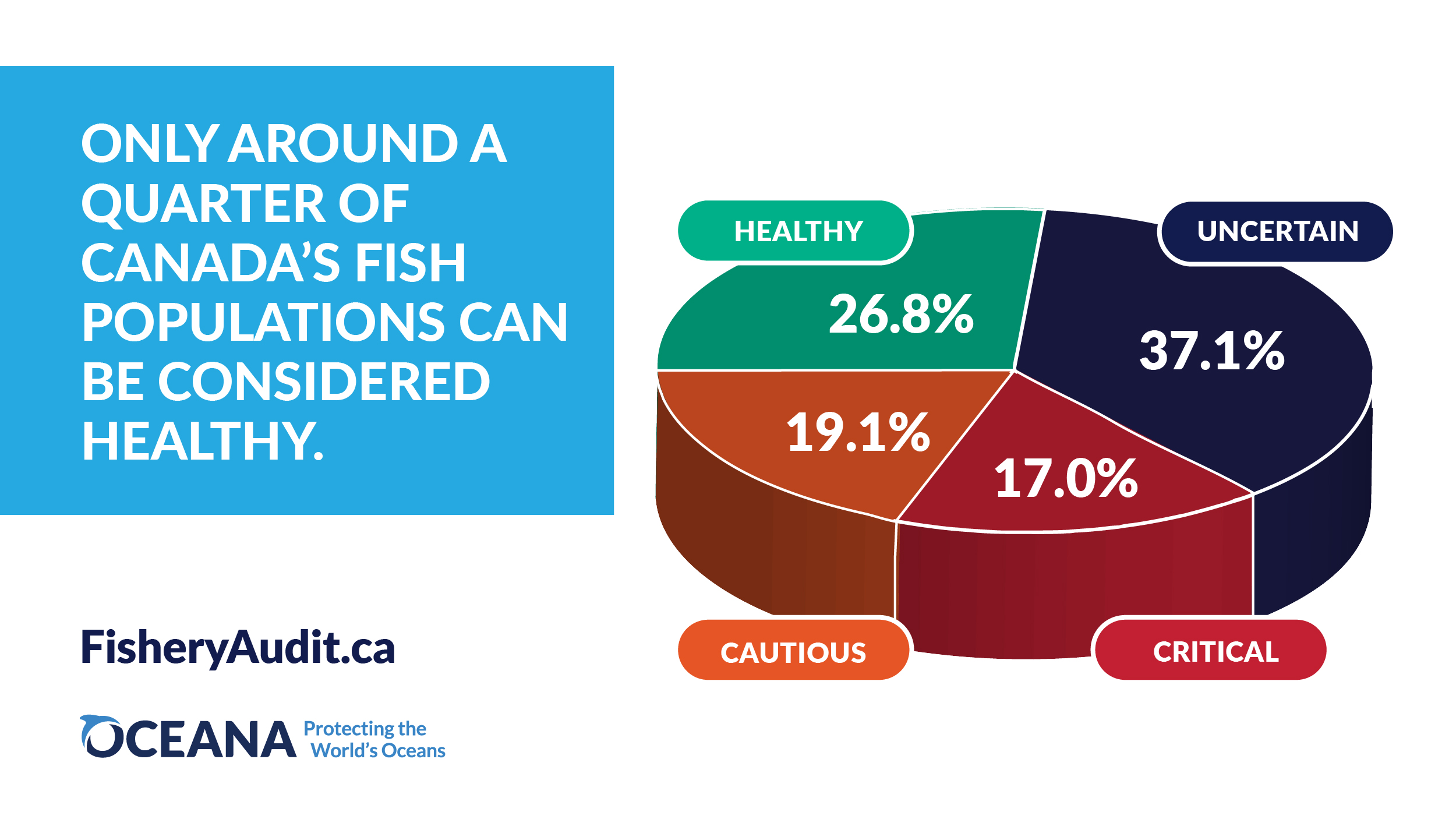
Image source: Department of Fisheries and Oceans Canada
Have you ever looked at your sushi and thought about fish law? Chances are probably not, but it is a topic that is extremely important. With 2020 marking record low salmon populations in British Columbia, effective fish conservation is becoming increasingly vital, bringing fish law to the forefront of conversation.
In Canada, the chief piece of legislation governing this is the Fisheries Act. The purpose of the Fisheries Act as outlined in the 2019 bill is to protect fish and waters frequented by fish through regulating harmful substance disposal in waterways.
Ironically, the language used in the Fisheries Act oftentimes prevents it from actually protecting fish. Much of the act is written in a way that leaves the decision-making up to the discretion of the Minister of Fisheries and Oceans Canada (DFO). This is done through the excessive use of the word may. When I searched the document, I was shocked that the word may was used 296 times, but must was only used 6 times. In one section, the act stated that a fishery’s sustainability and scientific information, among others, may be considered, but it is not required. The act also states that the Minister may consider the economic factors of fisheries when making a decision, while simultaneously choosing to not consider that fishery’s sustainability. This could allow the Minister to value monetary gains over environmental protection, which is obviously against the fish’s best interest. Reading further into the act, I was also surprised to find out that polluters can actually be issued a permit by the DFO to pollute, even if it harms fish.
Now, this is not to say that the Fisheries Act overall does more harm than good, as there are many positive regulations in it. For starters, it holds polluters more accountable for harm to fish or fish habitat and sets into motion plans to restore damaged fish habitat. Additionally, the most recent amendment in 2019 added stricter and more specific factors to consider, explored further in the chart below. Under the new regulations, all fish are protected by the act, whereas before, only fish and fish habitat that was economically valuable was conserved, showing notable progress. This, given the general flexibility of this legislation to changes, marks steps in the right direction and hopefully hints at the inclusion of improvements to further fish conservation.
We need to protect fish and it all begins with the legislation.




 Follow
Follow